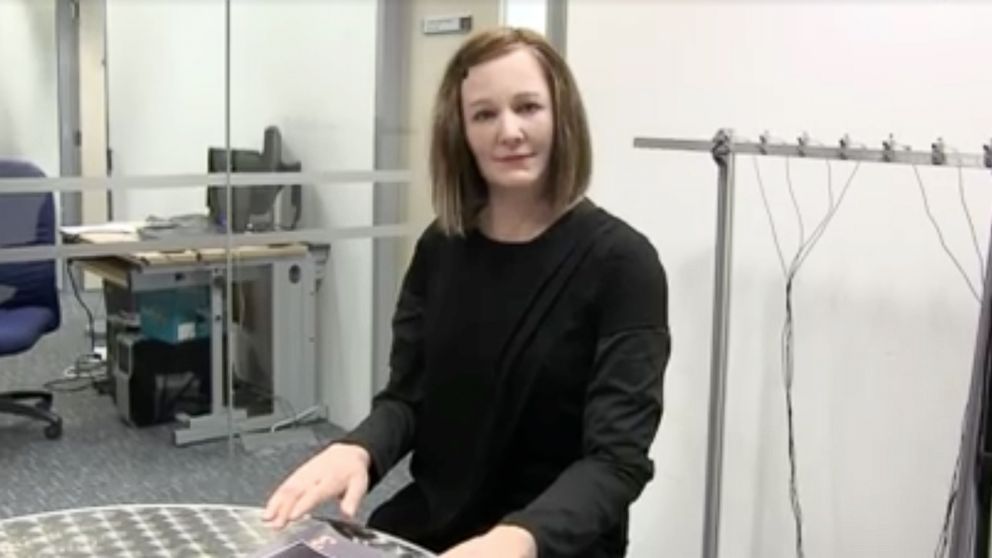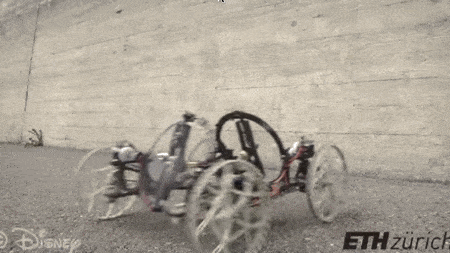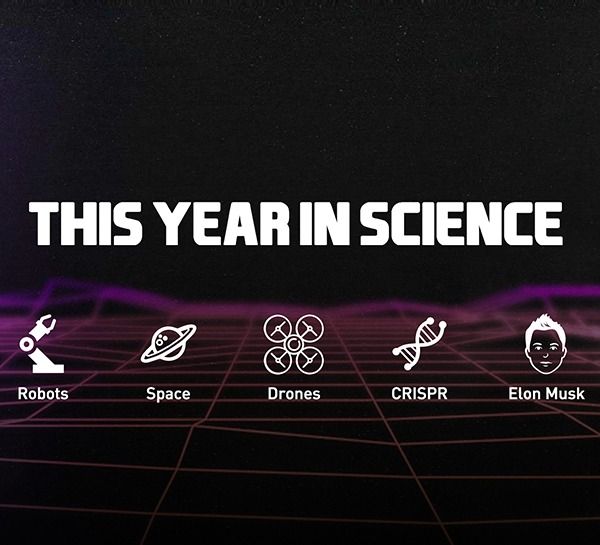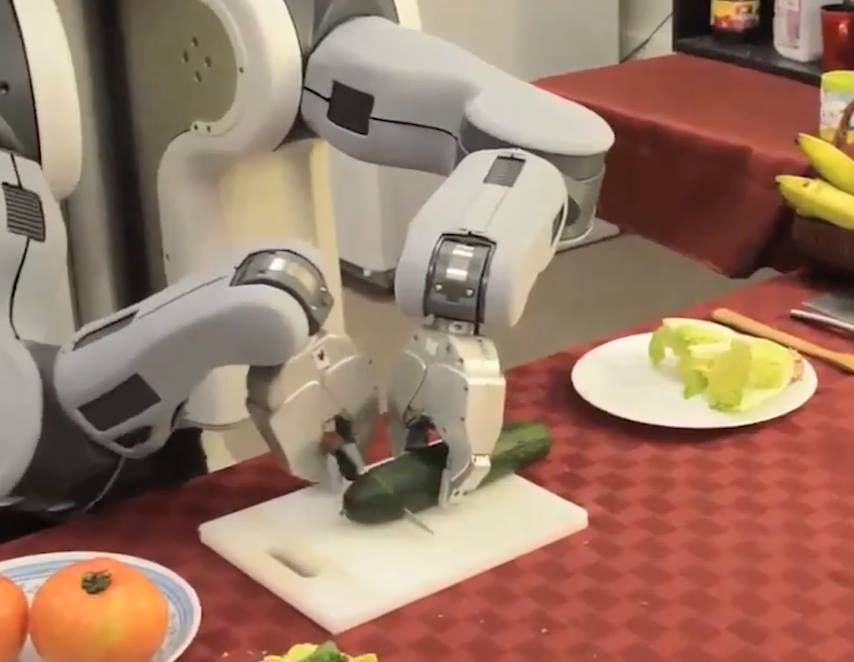
‘In a surprisingly polemic report, ITIF think-tank president Robert Atkinson misinterprets this growing altruistic focus of AI researchers as innovation-stifling “Luddite-induced paranoia.”’
The report released by the ITIF think tank suffers from many problems. It accuses Elon Musk in risking research in the “cars that Google and TESLA are testing”, missing entirely the irony. IMHO, the nomination is not the product of research in what Nick Bostrom, Stephen Hawking, Bill Gates, & Elon Musk actually say.
Each year, the ITIF produces a list of 10 groups they think are holding back technological progress with their annual Luddite award. This year, they included researchers who support AI safety research and autonomous weapons bans, and they called out Elon Musk, Bill Gates and Stephen Hawking by name. The ITIF doesn’t seem to see the irony of calling Elon Musk a luddite despite just landing a rocket, launching auto-piloted electric cars and investing in a $1Bn AI-startup. Read the response written by Stuart Russell and Max Tegmark:
Read more
















